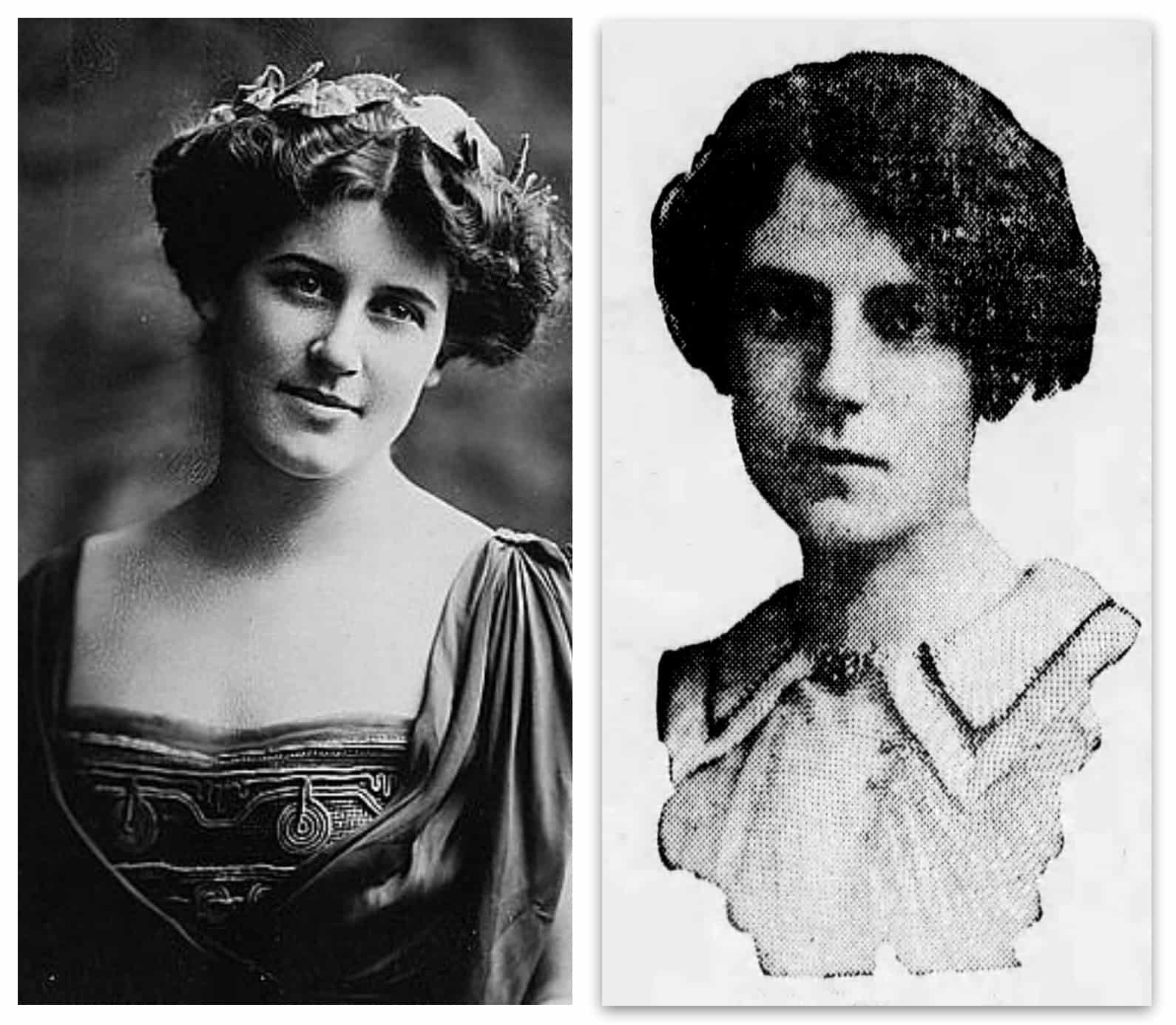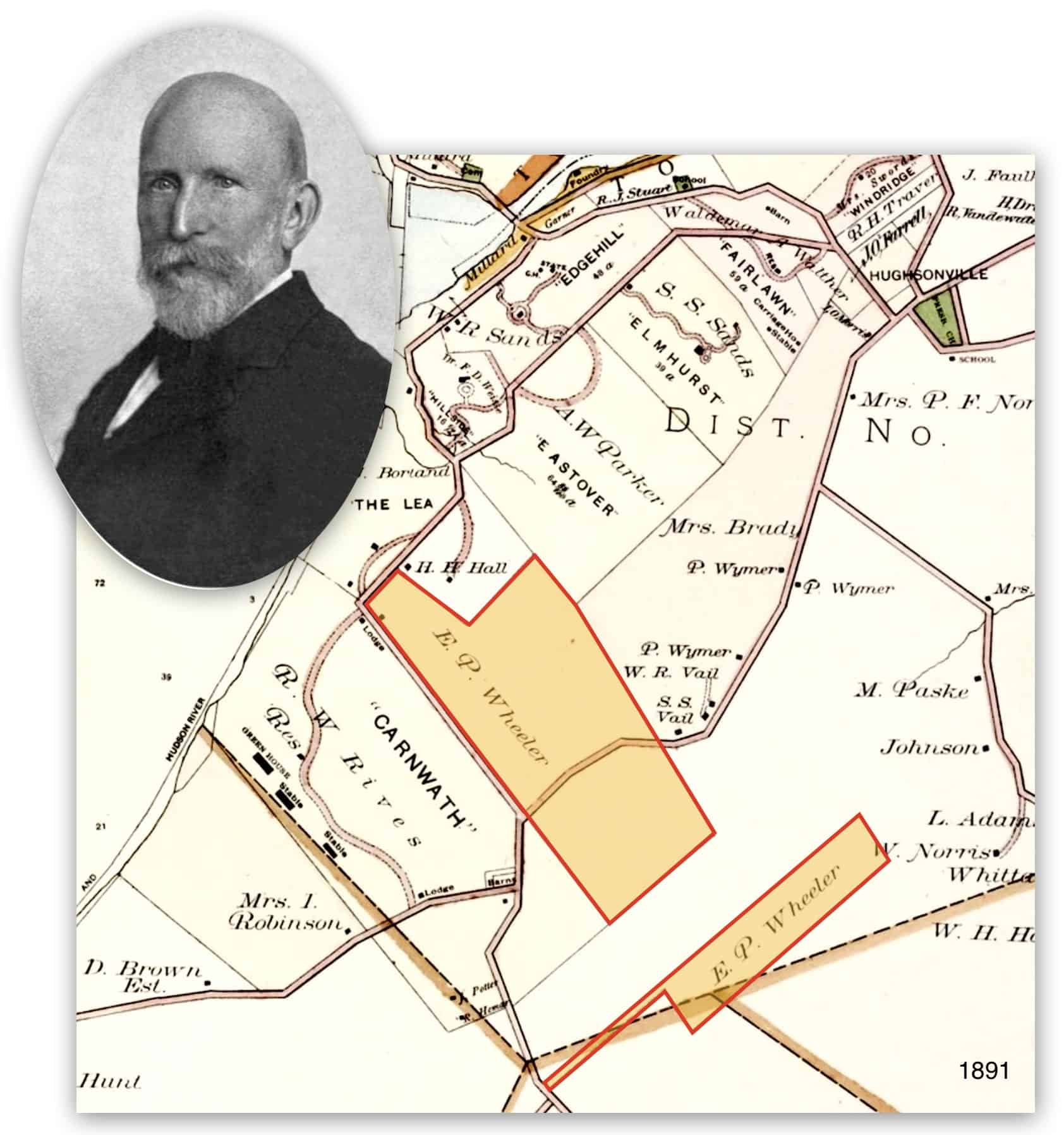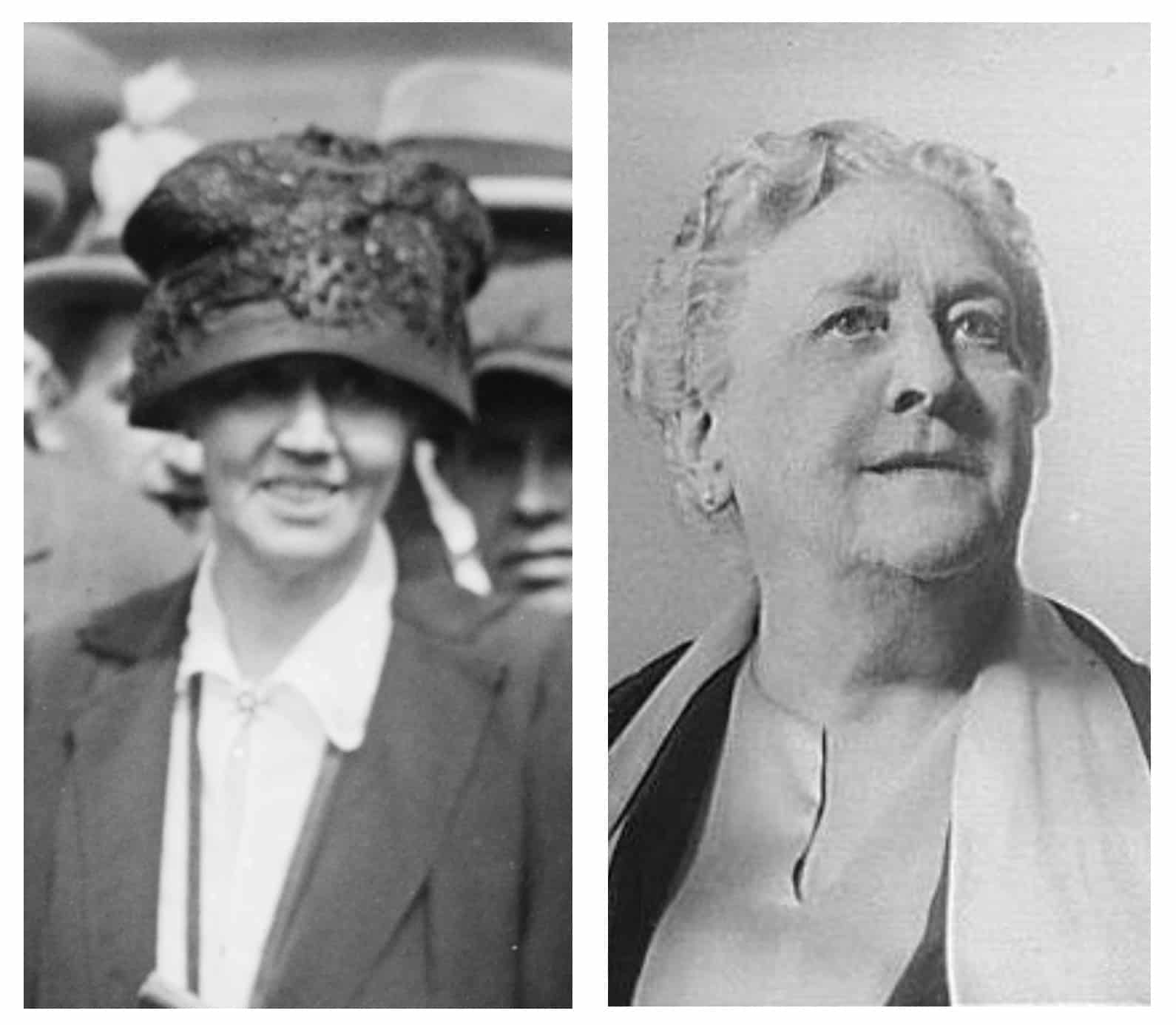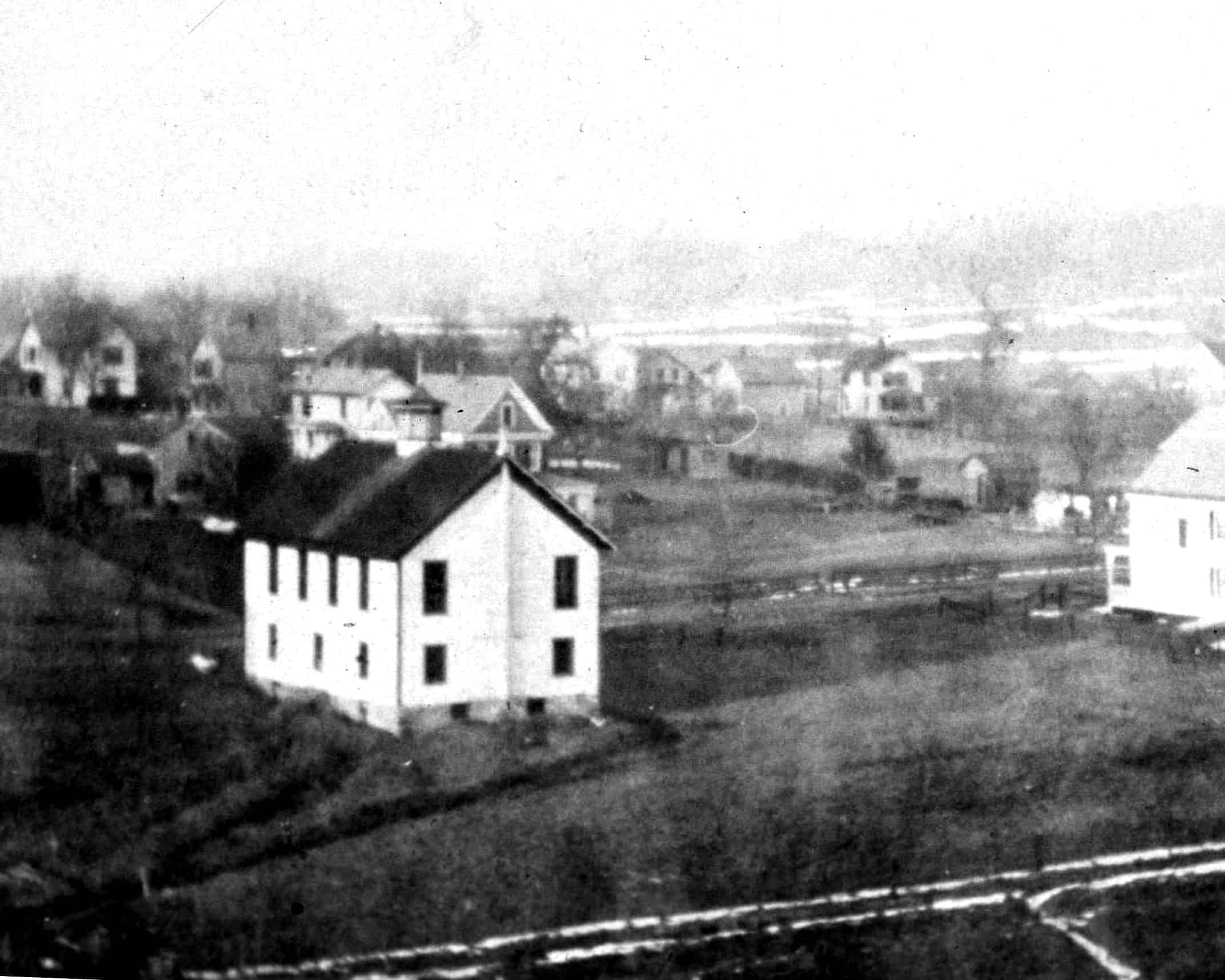With 2020 marking the100th anniversary of women gaining the right to vote nationally, we have put a spotlight on the many women, and certain men, who fought vigorously for that right.
But what about the equally vigorous efforts of the women and men known colloquially as “the antis?” The anti-suffrage effort prevented women’s suffrage from becoming a national right until a half century after men of color won that right. In the early stages before the Civil War, the two calls for equality were seen by many as a combined effort. Women gained the right to vote in NY State through a November 1917 referendum that had failed in NY State in 1915 by 200,000 votes. In both cases, the referendum failed to get a majority vote in Dutchess County.
In terms of opposing accusations, antis hinted that pro-suffrage women, at best, would have their attention taken away from raising families, and in the extreme, may be socialists, dangerous pacifists, negligent mothers and husbands, and devoid of decency in flaunting and focusing on selfish political issues while abdicating their God-given family responsibilities.
The antis might, at best, have been described as blind to the plight of women, and in the extreme, portrayed as tools of the liquor industry, the white slave trade (prostitution), and allowing unrestrained capitalists to keep women underpaid relative to their worth.
There was no absence of class consciousness. The elite and more educated antis would occasionally warn that their class of women would be consumed by getting involved in politics in order to offset the broad involvement of working class women, who were susceptible to city bosses through ignorance or vote buying.
The antis did not have the vast number of well known, national women leaders that suffragists had. But one such national leader, Lucy Price, had local connections. Miss Price graduated from Vassar College in 1905. Her uncle, William B. Price was a longtime Poughkeepsie resident and owner of the Poughkeepsie Fireproof Company. While living in Ohio, Lucy Price became a nationally recognized anti-suffrage public speaker after things started to come to a head after 1910.
In the book, “No Votes for Women: The New York State Anti-Suffrage Movement” (University of Illinois Press, 2013), Susan Goodier writes that until the summer of 915, anti-suffrage efforts were led by women. But, “unexpectedly, the Woman’s Protest [anti-suffrage magazine] announced that women put the direction of the anti campaign into men’s organizations.” On the motivation for doing so, Goodier writes, “…the war, quintessentially masculine and dominating the media, intimidated the anti-suffrage women into retreating into traditionally supportive roles. In their determination to protect and serve the patriarchal family structure and the nation-state, antis would have assuredly felt more useful in war preparedness than in the suffrage controversy. Members of the women’s anti-suffrage organization probably did ask for male assistance, but it is very probable they did not expect the men’s anti-suffrage organization to dominate the movement as it soon would.”
So perhaps it is not surprising that the debate held at the Dutchess County Fair in September 30, 1915 between the two heads of the opposing NY State organizations, for and against, was between a woman and a man. Mrs. Raymond Brown argued for suffrage. Everett P. Wheeler argued against women’s suffrage. Wheeler, a highly successful New York City attorney with a major home on what is now Wheeler Hill Road in Wappinger, worked a great deal in defense of children.
Read Wheeler’s Entire Speech Against Suffrage Here
Above: Vassar College produced leaders who had national reputations arguing for, and against, women’s suffrage. Above left, Inez Milholland, class of 1909, was a leader in the effort for. Above right, Lucy Price, class of 1905, was a leader in the effort against.

Above: The head of the NY State organization against women’s suffrage, Everett P. Wheeler was a successful New York City attorney who had an estate, the “Drumlin” in what is today the Town of Wappinger (on Wheeler Hill Road) that he purchased at the end of the Civil War and which remained in the family until 1932.
No doubt very consciously, Wheeler put aside the massive venue of the fair for the tiny so-called “town hall” at the hamlet of Staatsburg on October 12, 1915, where he appeared with Lucy Price for a full on, no-debate, argument against women’s suffrage.
Why Staatsburg? Could it be because Staatsburg was home to Mrs. Gordon Norrie, (Margaret Lewis Morgan Norrie), a major national leader for suffrage…as was her neighbor a few miles to the north, Margaret Chanler Aldrich of Red Hook’s Rokeby estate?
The Dutchess County Association Opposed to Woman Suffrage held a large rally at Poughkeepsie’s Masonic Temple November 12, 1915, just before the failed statewide referendum. There was a very formal “Committee of 100 men” that included the most wealthy of county men (Tracy Dows, William Dinsmore, Col. Francis Landon, Col. Stephen Olin, Archibald Rogers) as well as a wide range of middle to upperclass businessmen.

Ladies of great estates represented both sides of the argument. Above left: Margaret Lewis Morgan Norrie of Staatsburg was a leader in the effort for. Above right: FDR’s mother, Sarah Roosevelt of adjacent Hyde Park, lent her name to efforts against.

As World War One emerged as a threat with the April 1917 US declaration of war, the message from the antis increasingly turned to national security.
At the May 1917 regular monthly meeting of the county organization, its President, Mrs. A. J. Rust reported from a state conference that antis were being asked to give up their efforts so they can focus fully on war work. She said, however, they ultimately decided the greater threat would come from allowing women to vote. “Two million new [women] voters would confuse and perhaps effemenize the powers that control [war] matters…it would be disastrous.”
In the weeks leading up to the November 1917 referendum, revisiting Staatsburg and surrounding hamlets, we find a November 5, 1917 ad in the Poughkeepsie Eagle News that shouts in its headline that in wartime, “This is no time for divided issues.” What is striking is not that among the eighty signatures from that area we find it is equally split between men and women, but that it is a mix of the very wealthy estate owners, like Stephen Henry Olin, FDRs mother, Mrs. James Roosevelt, and others in that list of “100 men,” and the working class of the estates, the caretakers, gardeners, and chauffeurs. Might the workers have felt some pressure to declare their allegiance to align with their employers view?
Such were the dynamics that led Dutchess County to say “no” when the state at large said, “yes” to women’s suffrage. A sample of the 1917 local election returns are here and at www.dchsny.org/antis.
County wide for women’s suffrage: Yes 6,008 votes. No 6,657 votes.
Mrs. Norrie’s Staatsburg Election District: Yes 75 votes. No 163 votes.
Mrs. Roosevelt’s Hyde Park Election District: Yes 122 votes. No 120 votes.
Mr. Everett Wheeler’s Election District: Yes 64 votes. No 67 votes.
